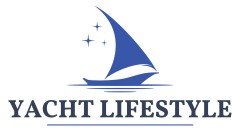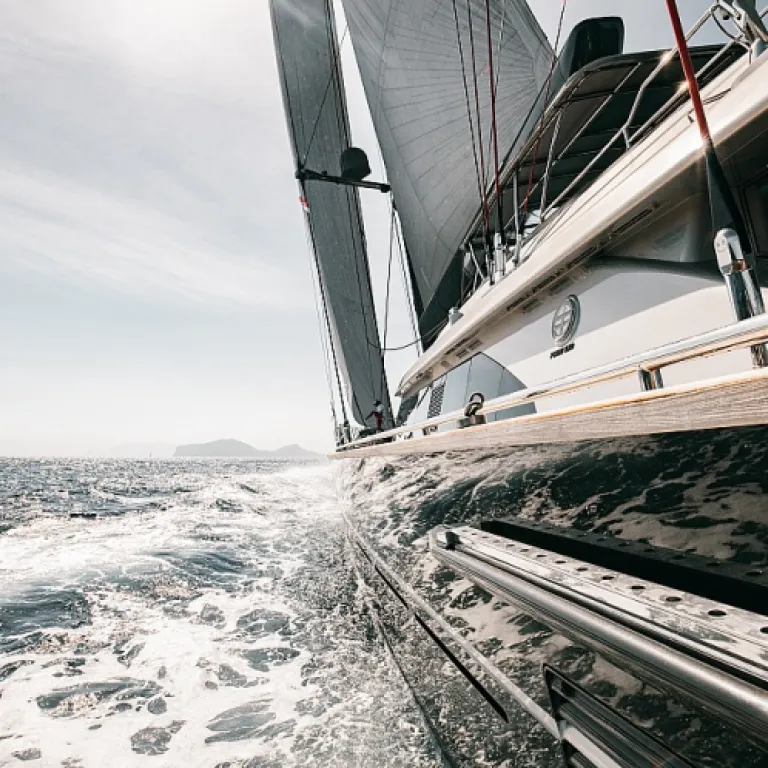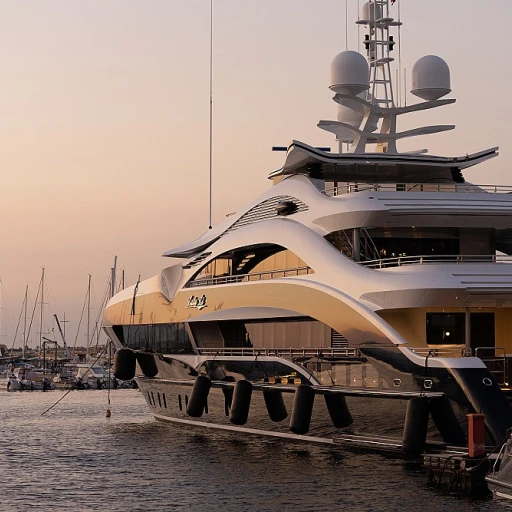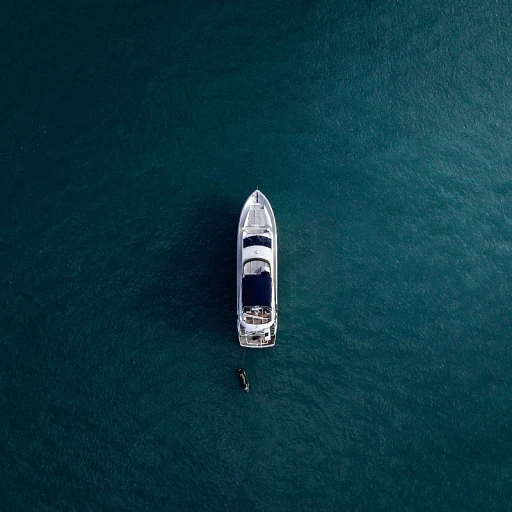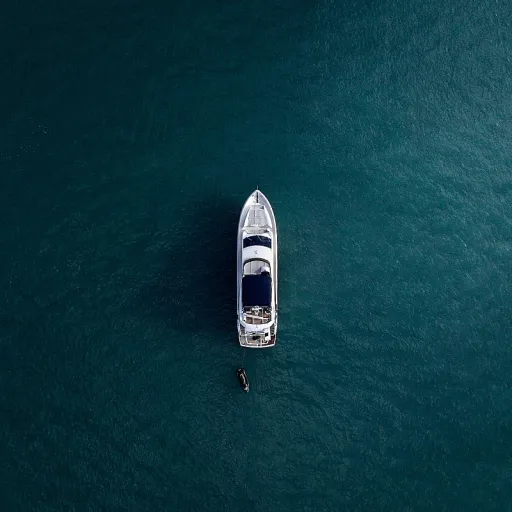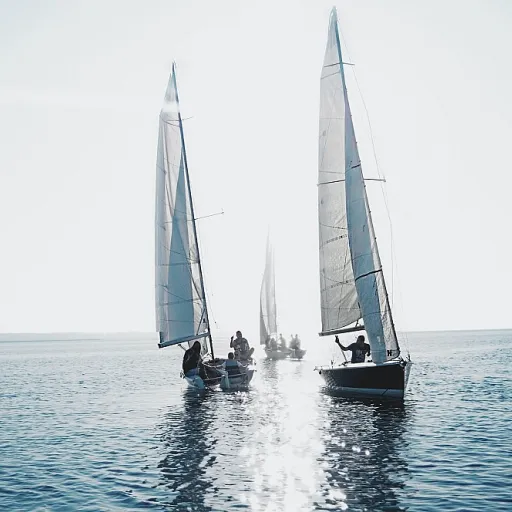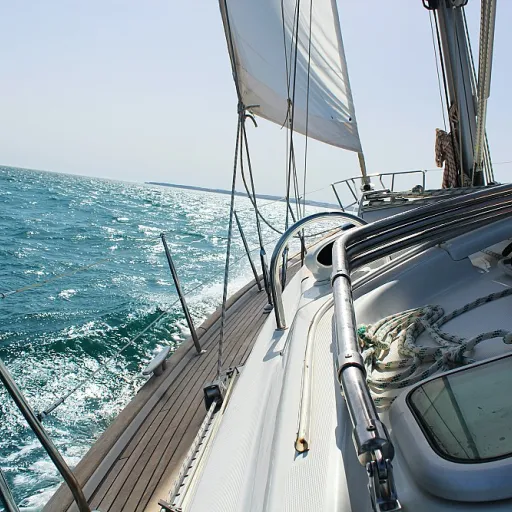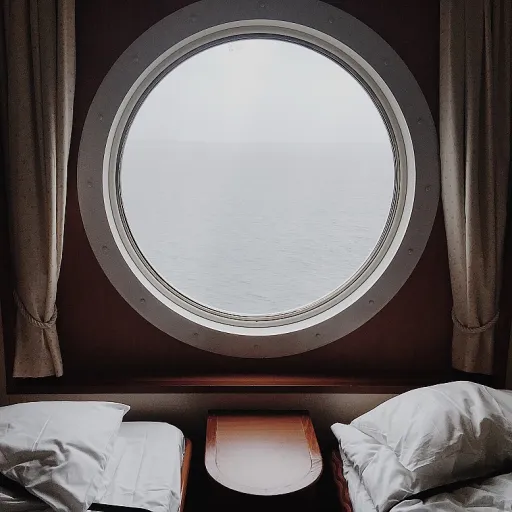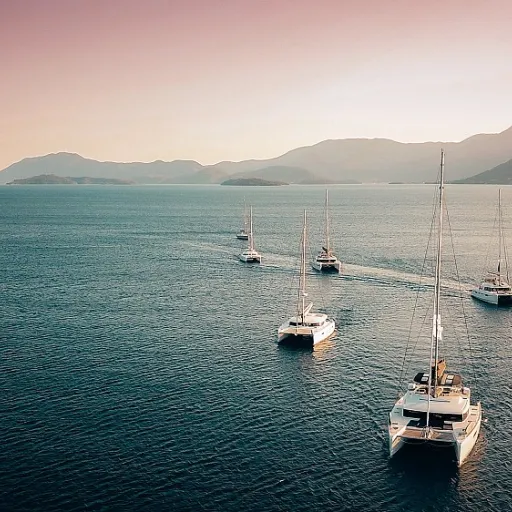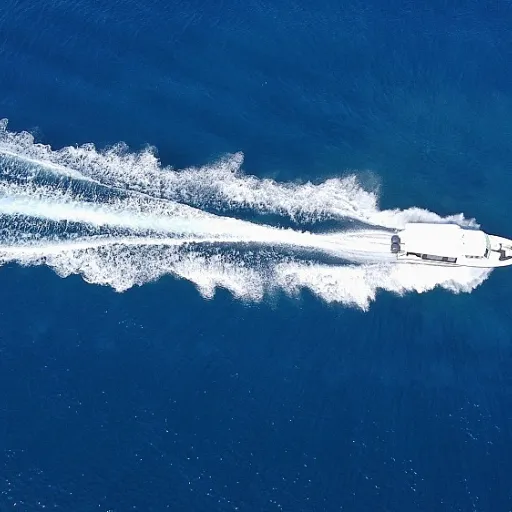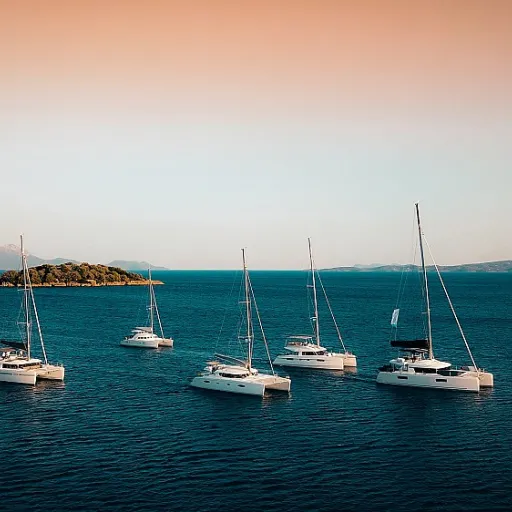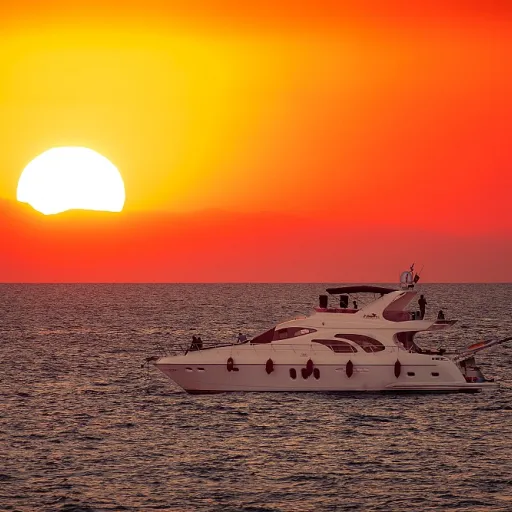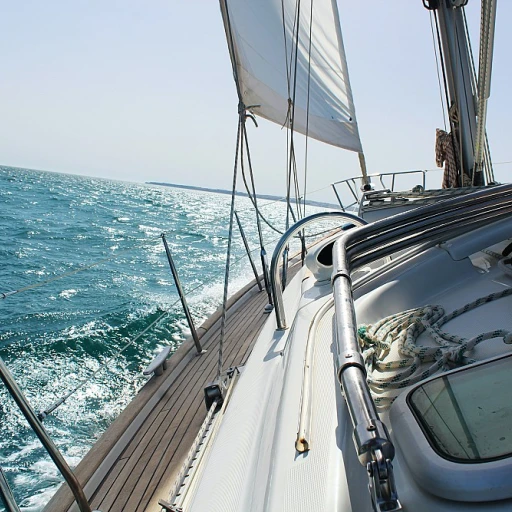
Understanding Boat Anchor Lights
Getting to Know Boat Anchor Lights
When it comes to yacht and boat safety, understanding the basic elements such as anchor lights is crucial. These lights are more than just decorative; they play a vital role in marine safety by ensuring that vessels are visible during low-light conditions, particularly at night.
Anchor lights are typically installed on the top of masts to provide 360-degree visibility. They emit a round white light, which helps other vessels identify a moored or anchored boat, preventing potential collisions. The use of LED anchor lights has become a popular choice due to their energy efficiency and longevity. A good LED product can significantly reduce power consumption, making them a financially sound option in the long run, even if the initial price is higher.
For those new to boating, recognizing the importance of these lights can be the first step in ensuring a safe marine experience. Boats often have a combination of lighting systems that include navigation lights, stern lights, and tri color lights. Each type serves a different purpose, and understanding their functions can aid in their effective use and management.
When assessing the anchor light products on the market, it is important to look for units that are uscg certified to ensure compliance with marine regulations. The correct installation and maintenance of these lights are crucial, and choosing the right brands known for quality and reliability can offer peace of mind while out at sea.
To optimize safety and security on water, you may also consider investing in additional protective measures for other parts of your boat, such as enhancing security with a reliable boat motor lock. This can complement the visibility and awareness provided by good lighting systems.
Regulations and Compliance
Compliance with Maritime Laws
When sailing the open seas, obeying maritime regulations concerning boat anchor lights is paramount. It's essential for safety not only for your vessel but for others navigating in your vicinity. Regulatory bodies, like the U.S. Coast Guard (USCG), have established strict rules to ensure these lights improve visibility and aid in navigation during nighttime or low visibility conditions.
Anchor lights, particularly LED anchor lights, should emit a round white light visible from all angles, ensuring that other boaters can see anchored vessels from a distance. The light must be visible for at least two nautical miles, adhering to the USCG certification standards. This guideline plays a crucial role in avoiding maritime accidents.
International Standards in Boat Lighting
Beyond national requirements, there are international guidelines that mandate the usage of specific anchor and navigation lights to align with global standards. These often cover the rules for stern lights and tri-color lights, ensuring shared comprehension among seafarers worldwide.
It's important to mention that the choice between incandescent or LED options might affect your compliance status. While traditional bulbs have been longstanding, modern advancements like light-led technology are becoming more popular, offering better longevity and brighter visibility, making them a good investment despite a higher price point.
Choosing the Right Product for Compliance
Selecting the right product involves careful consideration of your boat's size, the product's brightness, and power consumption. Boats relying on battery power might favor LED navigation lights for their energy efficiency and longer life span.
Price can be a determining factor, with uscg certified led products typically being more expensive than non-certified options. However, ensuring compliance with maritime standards is crucial, and investing in certified products assures peace of mind.
For more insights, consider delving into essential insights into marine preparedness to enhance your overall yacht experience.
Types of Boat Anchor Lights
Exploring the Range of Anchor Light Options
Choosing the right boat anchor light can often feel overwhelming given the sheer number of options available on the market. It is essential to consider various features when navigating these choices to ensure safety and compliance with marine regulations. One significant aspect to examine is the type of light used. LED anchor lights are increasingly popular due to their energy efficiency and long lifespan. These lights are particularly beneficial on boats that require a reliable source of illumination visible from all angles. They often include features such as dusk-to-dawn sensors, making them an automatic and energy-saving solution for boaters. When discussing anchor lights, we cannot overlook the different "types" available:- Round White Lights: Often installed at the top of the mast, these lights offer 360-degree visibility, ensuring the boat is easily seen under low-light conditions.
- Tri-Color Lights: Typically used on sailing vessels, these lights combine red, green, and white light indicators that help convey the boat's direction and status.
- Festoon Base Lights: These compact, classic bulbs are a common choice for smaller crafts and offer a simple, no-fuss lighting solution.
Installation and Maintenance
Key Steps to Proper Setup and Longevity
Installing boat anchor lights correctly is crucial for ensuring optimal performance and compliance with marine regulations. Firstly, consider the power requirements of the light, as this will determine which product is most suitable for your boat. For instance, LED options are often favored for their efficiency and longevity, making them a cost-effective solution over time. Proper location is also important. Anchor lights should be visible from all directions, so placing them at the top of the mast is most common for sailboats, ensuring 360-degree visibility. For power boats, installing a good quality stern light, separate from navigation lights, helps meet compliance standards. For those considering upgrading to LED anchor lights, the initial price can be offset by the longer life span and reduced power consumption. These lights are effective from dusk to dawn and can be found in various brands that offer USCG certified products. Popular configurations include festoon base and round white lights. When it comes to maintenance, regular checks on the lights' base and connections are essential. Corrosion can be a major issue in marine environments, affecting both the base and the wiring. Ensuring connections are secure and clean can prevent common failures. In terms of tri-color and white stern lights, ensure each light is functioning as intended and meets the required visibility range. Regularly testing your lights at dusk or dawn can reveal any issues with light visibility before you're caught in a situation where they're essential. With the advancements in technology, many modern lights come with dusk to dawn sensors, reducing the need to manually switch them on or off. This feature can be particularly beneficial for maintaining compliance consistently, as human error is minimized. Ultimately, the choice of light, along with careful installation and regular maintenance, will ensure your boat is not only compliant but visible and safe amidst the nighttime waters.Innovations in Boat Anchor Lighting
Emerging Trends in Anchor Lighting
Innovation in anchor lighting is shaping the future of marine navigation and safety. As technology continues to evolve, so do the capabilities of anchor lights, resulting in improved efficiency and functionality. Below are some key innovations that are making waves in the industry:- LED Technology: The transition to LED (Light Emitting Diode) offers several advantages over traditional incandescent lights. LED anchor lights are known for their energy efficiency, longevity, and brightness. They consume less power, often measured in watts, which is beneficial for long journeys where conserving battery life is crucial.
- Smart Lighting Solutions: Integration of smart technology into anchor lights is becoming increasingly popular. These advanced systems can offer automated features such as the transition from dusk to dawn, ensuring your boat remains visible without manual intervention. Smart systems can also include remote control options and connectivity to mobile devices for convenient usage.
- Multi-Functional Lights: Some anchor lights now offer multi-functional capabilities, providing not only illumination but also incorporating features like stern and navigation lights. Tri-color lights are also available, which combine different colors for various situations, enhancing both aesthetics and functionality.
- Environmentally Friendly Options: As eco-awareness grows within the marine industry, many manufacturers are developing environmentally friendly lighting products. This includes options that use recyclable materials and energy-efficient bulbs to minimize environmental impact.
Common Challenges and Solutions
Addressing Common Issues with Anchor Lighting
In the ever-evolving world of marine navigation, ensuring your boat's anchor light is in top condition can sometimes be challenging. Despite the advancements in LED technology and the availability of varied products on the market, boat owners often face recurring issues that require a solid understanding and practical solutions.- Durability and Waterproofing: Anchor lights, especially those positioned as stern lights or on the mast, must withstand harsh marine environments. Saltwater, humidity, and varying temperatures can affect their functionality. Choose high-quality, USCG certified lights known for their robust waterproof features. Brands that offer products with a superior price-to-durability ratio can help maintain functionality without frequent replacements.
- Ensuring Proper Visibility: Regulations stipulate that anchor lights must be visible for specific distances. White LED anchor lights are popular due to their visibility and low power consumption. It's crucial to ensure the correct installation to maintain compliance. A good practice is testing the light at dusk and dawn, to ensure it remains visible in varying light conditions.
- Power Consumption: One of the benefits of LED anchor lights is their efficiency. However, incorrect installations or low-quality festoon bases may lead to power drainage. Opt for LED lights with round white bases, known for their energy-saving capabilities. These are particularly beneficial for boats relying on battery power overnight.
- Maintaining Electrical Connections: Corrosion is an ongoing challenge in marine environments. Regular maintenance of electrical connections prevents failures. Utilizing marine-grade wiring and connectors can enhance reliability, ensuring that navigation lights, including those for a tri-color setup, function flawlessly.
